As the cost of living continues to rise and housing affordability challenges grow, Pennsylvania has taken a significant step to help some of its most vulnerable residents: seniors and low-income families. The recently enhanced Property Tax and Rent Rebate Program is a major push by state lawmakers to ease financial stress for older adults and economically disadvantaged households. This long-form article explores the new relief measures, who benefits, what’s changed, and how this initiative fits into the broader conversation about housing justice and economic stability in Pennsylvania.
Understanding Property Tax and Rent Relief in Pennsylvania
What is the Property Tax and Rent Rebate Program?
The Property Tax and Rent Rebate (PTRR) Program is a longstanding financial assistance initiative administered by the state’s Department of Revenue. It is designed to provide rebates on property taxes or rent paid by eligible Pennsylvanians, with the primary focus on helping seniors, widows and widowers, people with disabilities, and low-income renters. The intent is to reduce the heavy burden of property-related expenses for those living on fixed or limited incomes.
Major Features of the Program
-
Provides annual rebates on property taxes or rent paid in the previous year.
-
Household income and age/disability status determine eligibility and rebate amount.
-
Open to homeowners and renters who meet age, disability, or income requirements.
The 2025 Boost: What’s New This Year
Pennsylvania’s latest legislative session resulted in the most significant increase to the PTRR Program in decades. Many advocates had lobbied for years for improvements, citing inflation, rising rents, and stagnant previous rebate caps.
Key Changes in 2025
-
Rebate Maximum Increased: The maximum possible rebate has been raised substantially, directly increasing the benefit for the most financially vulnerable applicants.
-
Income Limits Updated: Income thresholds for both homeowners and renters have been increased, allowing more people to qualify.
-
Adjusted for Inflation: Key components of the program now include inflationary adjustments, making the relief more sustainable moving forward.
-
Expanded Outreach: The state is funding new awareness campaigns to inform eligible residents about how to apply for these benefits.
Eligibility Criteria: Who Qualifies Now?
Traditionally, the PTRR Program offered rebates to:
-
Pennsylvanians age 65 or older
-
Widows and widowers age 50 or older
-
People with disabilities age 18 or older
-
Low- and moderate-income renters and homeowners
Updated Income Limits
With this year’s increase, the income caps have been significantly lifted:
| Applicant Type | Previous Max Income | 2025 Max Income (After Boost) |
|---|---|---|
| Homeowners | $35,000 | $45,000 |
| Renters | $15,000 | $25,000 |
Note: Social Security income is now partially excluded when calculating eligibility, allowing more seniors to qualify.
The Impact: Who Is Benefiting?
Seniors on Fixed Incomes
Older Pennsylvanians on Social Security, especially those without robust retirement savings, face growing pressure from rising taxes and rents. The new PTRR changes ensure more of these residents receive meaningful financial help, allowing them to stay in their homes and communities longer.
Low-Income and Disabled Residents
Low-income renters, including those living with disabilities, often spend a disproportionate share of their income on housing. The program’s expanded renter benefit limits mean thousands more families will receive needed assistance in 2025 and beyond.
Case Study: A Senior’s Rebate Story
Consider a retired couple in Philadelphia, living solely on Social Security and a small pension. Last year, they barely missed qualifying for the maximum rebate. With the new changes, not only do they now qualify, but their rebate is also hundreds of dollars higher. This can help offset groceries, medical bills, and essential utilities.
Statistical Snapshot: Property Tax and Rent Relief in Numbers
State data showcased a compelling picture of the demand and reach of the PTRR initiative before and after the 2025 boost:
| Year | Applications Filed | Approved Rebates | Average Rebate | Total Dollars Distributed |
|---|---|---|---|---|
| 2023 | 475,000 | 445,000 | $650 | $290,000,000 |
| Forecast 2025 | 620,000 | 595,000 | $950 | $560,000,000 |
-
The projected increase in applications highlights the expanded outreach and improved eligibility criteria.
-
The average rebate amount has risen markedly, improving household budgets.
Economic and Social Ramifications
Economic Relief and Stability
The boosted rebates are more than just a check in the mail; for many households, they represent a lifeline during times of financial uncertainty. As inflation continues to pressure fixed incomes, additional financial relief keeps more money in local economies and reduces the risk of homelessness for seniors and low-income families.
Keeping Communities Intact
One of the less discussed effects of property tax and rent relief programs is their impact on neighborhood stability. Seniors are often long-term residents who serve as anchors in their communities. By helping them remain in their homes, Pennsylvania preserves the social fabric of its towns and cities while protecting vulnerable groups from displacement.
The Application Process: How to Apply and What to Expect
Step-by-Step Guide
-
Determine Eligibility: Use the updated income limits and age/disability criteria to see if you qualify.
-
Compile Documentation: Gather documents showing income, property taxes paid, or rent receipts.
-
File Application: Submit the official Property Tax/Rent Rebate application (PA-1000), available online or by mail.
-
Track Status: Applicants can check their status via the Pennsylvania Department of Revenue’s online portal.
-
Receive Rebate: Approved applicants receive their payments via check or direct deposit.
Support and Outreach
The state has funded new outreach programs with local partners, including senior centers, housing authorities, and disability advocates, to ensure successful enrollment among those who need it most.
Frequently Asked Questions
Is This Program a Grant or a Loan?
The property tax and rent rebates are grants, not loans. Recipients do not need to repay any amounts.
How Often Can One Apply?
Applications for the PTRR Program open annually; eligible residents can apply once each year for relief on the previous year’s property taxes or rent.
Can Rebates Be Combined with Other Benefits?
Yes, the PTRR rebate does not reduce or conflict with other state or federal benefit programs, including SNAP or Medicaid.
Broader Policy Implications
Tackling Housing Affordability in Pennsylvania
Pennsylvania is not alone in facing housing affordability pressures, but the magnitude and design of its PTRR Program set it apart regionally. Lawmakers note that stable housing benefits not only individual recipients but also local economies, health outcomes, and education systems.
Long-Term Vision
Advocates point to the 2025 boost as a turning point, with inflation adjustments and expanded eligibility designed to future-proof the program. Sustainable funding remains a legislative priority to keep relief robust for years to come.
Pennsylvania Compared: How Does the State Stack Up?
| State | Max Rebate | Income Cap | Annual Applicants | Inflation Adjustment? |
|---|---|---|---|---|
| Pennsylvania | $1,000 | $45,000 | 595,000 | Yes |
| New Jersey | $800 | $40,000 | 210,000 | No |
| Ohio | $650 | $33,000 | 172,000 | No |
| New York | $1,200 | $50,000 | 375,000 | Yes |
Pennsylvania now sits among the top states in both rebate amount and applicant eligibility, especially after the 2025 changes.
Future Prospects and Community Voices
Feedback from the Public
Community organizations and senior advocates have praised the increased relief, noting a renewed sense of security among eligible groups. Many local residents have already reported that the application process has become more streamlined and accessible, thanks to new digital tools and targeted outreach.
Potential for Further Expansions
Legislators and advocacy groups continue to push for even more expansive reforms, such as further increasing income thresholds, automating eligibility checks using state tax returns, and extending benefits to additional at-risk groups.
Conclusion
Pennsylvania’s enhanced property tax and rent relief program is a milestone in the fight against housing insecurity for seniors and low-income families. With significantly raised income limits, larger rebates, automatic inflation adjustments, and expanded outreach, more Pennsylvanians than ever stand to benefit. The impacts are profound—helping families stay in their homes, boosting local economies, and preserving the social fabric of communities across the state.
As the costs of living and housing continue to rise, programs like PTRR are crucial guardrails. Pennsylvania’s bold reforms in 2025 may well serve as a model for other states facing the same challenges. For thousands of older adults and families, tangible relief is becoming a reality—and with it, a little more security and peace of mind in the place they call home.
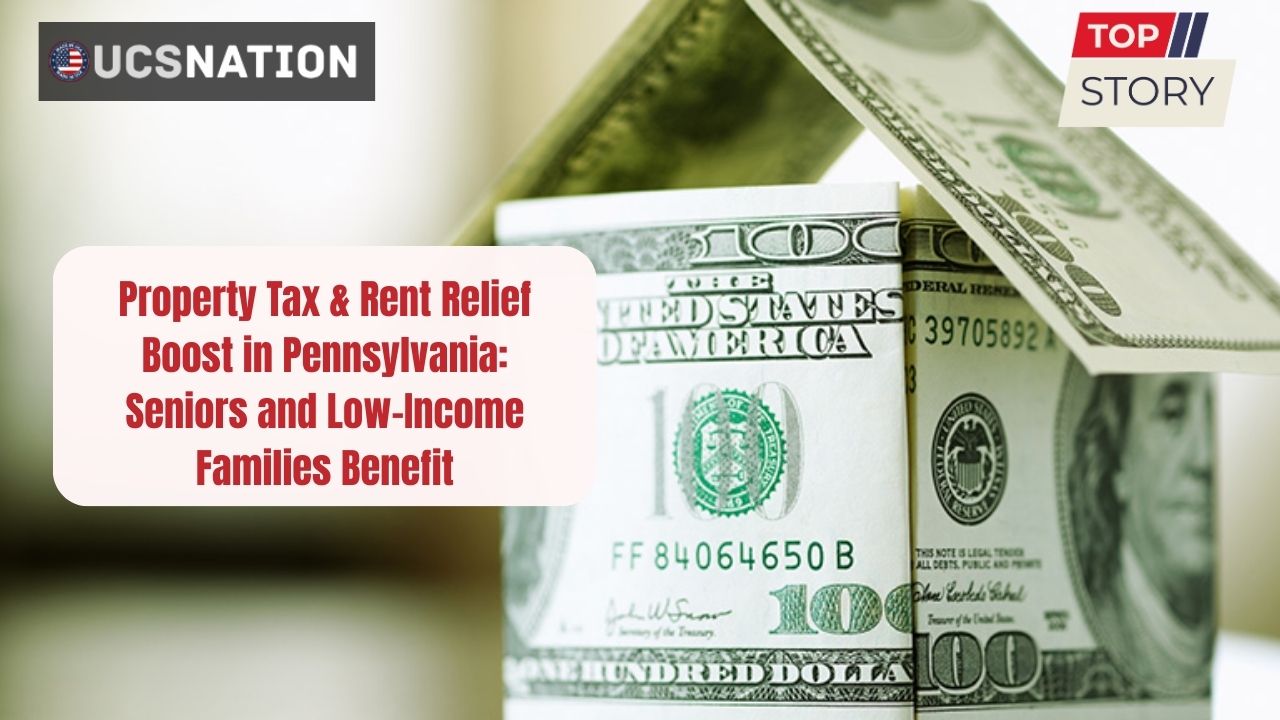
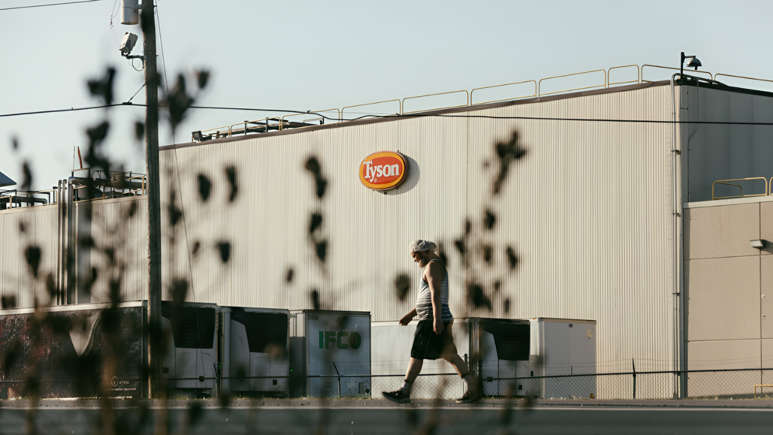
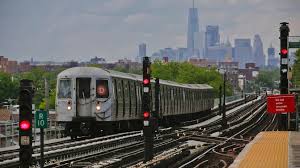



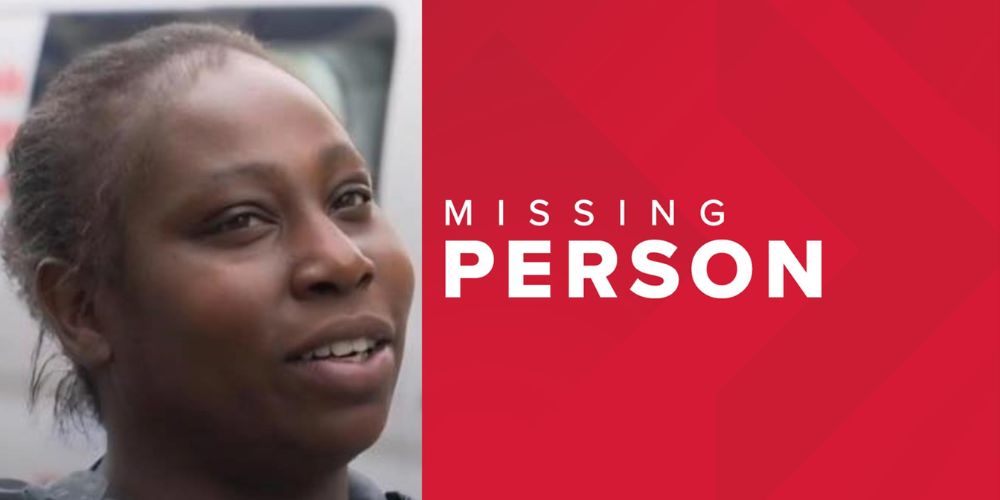
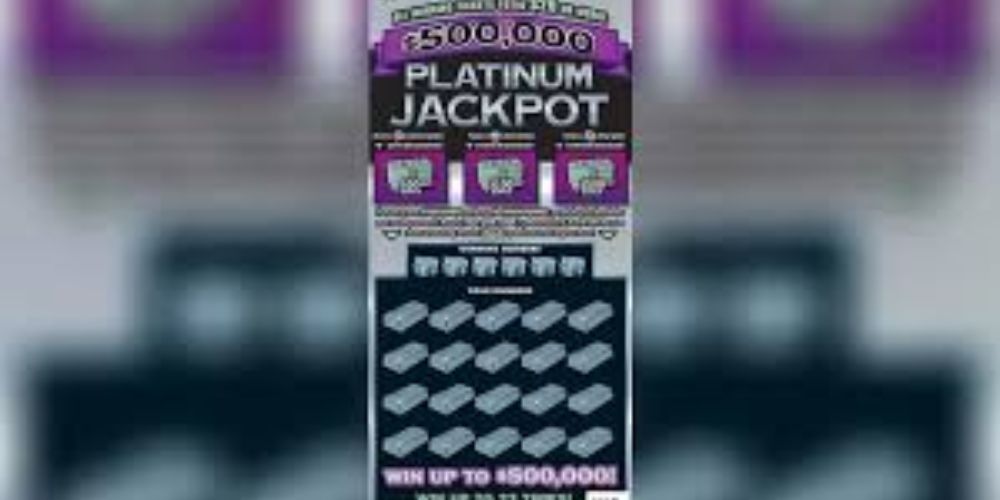


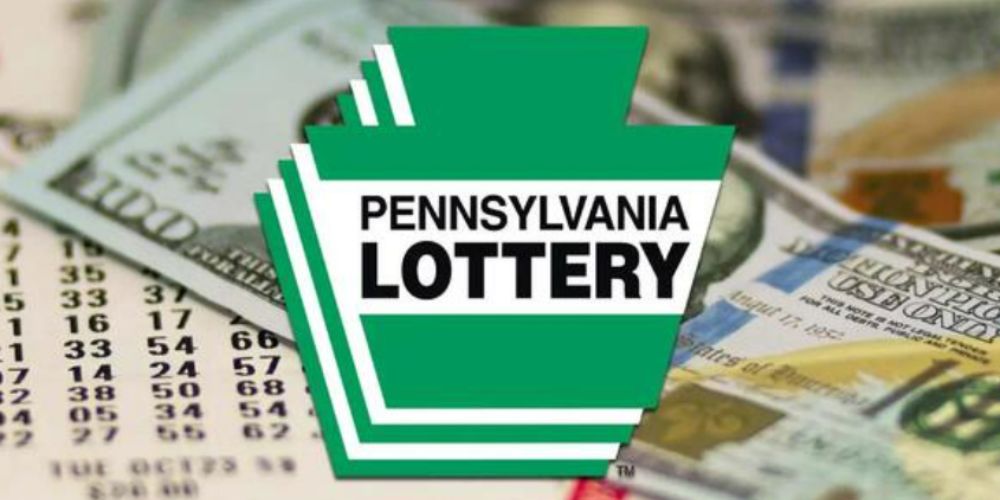




Leave a Reply